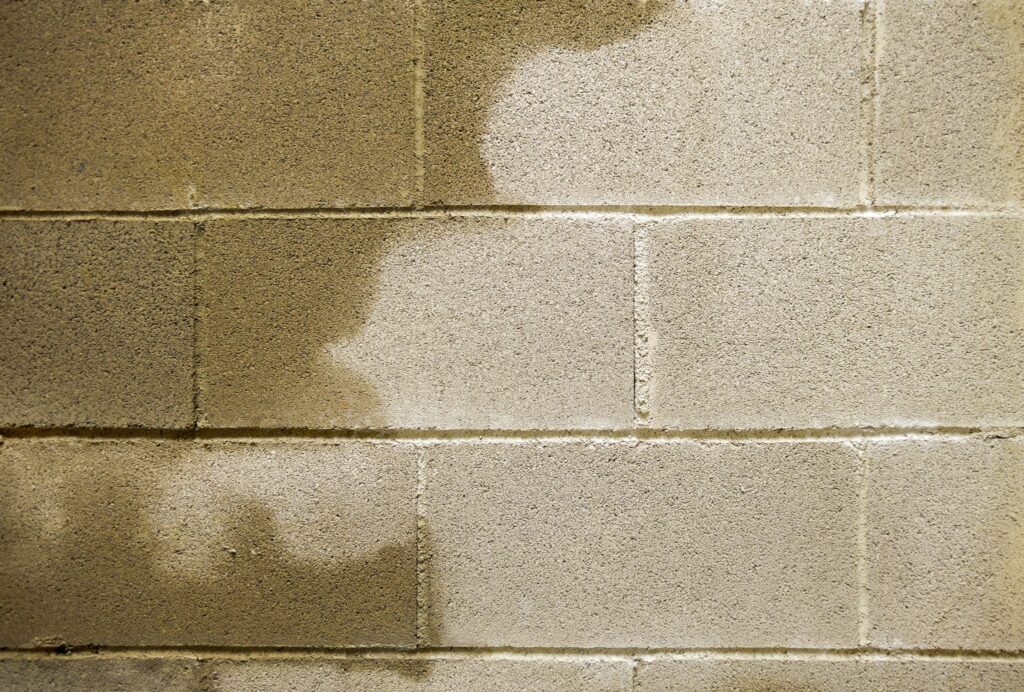Moisture in the crawl space can lead to a host of problems, including foundation integrity, mold and pests. Crawl spaces that regularly maintain a level of dampness are likely to develop issues that could cost the homeowner or property owner a lot of money in repairs and remediation. If you’ve not visited your crawl space recently, now is a good time to take a look. Below are six signs of a potential moisture problem.
Wet Foundation Walls
Wet foundation walls can be a major sign of crawl space moisture. Granted, sometimes after heavy rains, it’s not uncommon for foundation walls to hold a bit of moisture, but after a few days that dampness should dry out. If the walls are consistently damp or cannot fully dry, that’s a sign of a moisture problem that needs to be addressed.
Discolored Crawl Space Walls
In some crawl spaces, the walls are painted, likely with waterproof paint; however, this type of application is not fool proof and moisture can still manage to enter the space. If the painted walls have areas of yellow or brown discoloration, that’s another sign of moisture not drying and staying in the crawl space.
Mold and Wood Rot
Mold and wood rot are major signs of moisture damage in a crawl space. Mold spreads quickly during times of high humidity and constant moisture, and can lead to a variety of health concerns for anyone in the home or building who’s allergic to the type of mold growing in the space. If mold and wood rot continue long enough they can also damage wood joists, which could result in expensive repairs.
Condensation
Condensation is visible as moisture puddles on surfaces. In a crawl space, condensation on wood joists, HVAC ducts, refrigerator lines and plumbing are all be signs of moisture remaining in the space and not evaporating properly. This is a good indication of a moisture problem, which can quickly lead to further issues, such as mold and wood rot.
Efflorescence or Salt Deposits
Efflorescence is a non-harmful white substance that forms when salt deposits from the concrete come in contact with water and build up on the wall or surface. It looks similar to lime build-up. While it is possible to clean efflorescence off surfaces, that does not solve the underlying problem, which is moisture seeping into the walls.
Increased Pest Activity
Some pests love damp spaces and will seek out crawl spaces because of the increased moisture levels. Properties that see an increase in spiders, earwigs, termites, rodents, snakes, silverfish or other pests should have the crawl space inspected for moisture. It’s possible the pests found a home in the cool, dampness of the crawl space.
The best ways to reduce moisture in a crawl space are to add proper ventilation and a protective moisture barrier. The experts at United Pest and Turf Control have inspected and encapsulated crawl spaces for more than 20 years, and have experience in identifying problem areas, eliminating any pests and protecting the crawl space from future moisture issues. Contact us today for a free estimate and crawl space inspection.
6 Signs of Moisture Problems in Crawl Spaces in North Alabama and Southern Tennessee
Serving North Central Alabama and South Central Tennessee
Limestone County
Ardmore
Home » 6 Signs of Moisture Problems in Crawl Spaces


